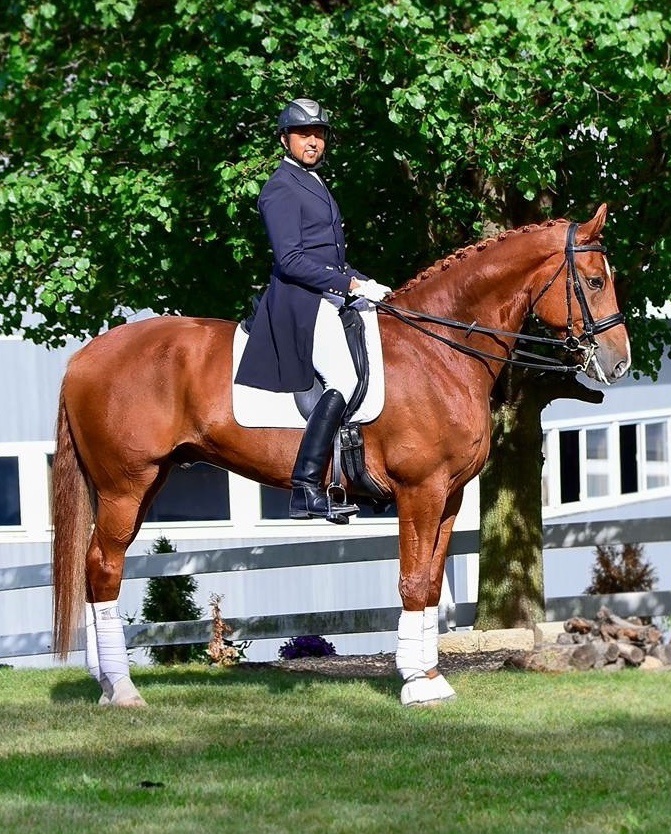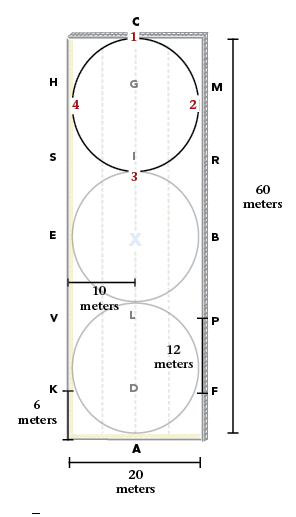Q: I have an older horse blanket that’s in good shape, but is no longer waterproof. Is it worth spending the money to have it waterproofed? How do I know if the treatment will work? —Name withheld by request
A: I am frequently asked this question because clients have turnout blankets that are in good physical condition but have lost their water repellency. There are not many good waterproofing-treatment options today that can restore repellency to turnouts. Still, don’t be too quick to toss your old turnout without exploring your options.

Based on the price for a quality, effective waterproof treatment, which can be $25 or less, it is generally more cost effective to treat the turnout rather than replace it. A quality annual waterproof treatment should last one year, so essentially, you could retreat a turnout for several years and still save money. From what I see these days, many of the newer turnouts do not have the same quality and durability of older turnouts.
I have tested up to 17 different types of treatments from camping and hardware stores and marine supply houses (for use on boat sails). All of the camping store/hardware store treatments failed for a long-term rain. And many sail treatments also failed. Beading water on a shell means very little. Most treatments will initially bead, but how they stand up to a long-term rain is what counts.
The Environmental Protection Agency (EPA) has stopped most manufacturing of silicone in the marine industry. Plus, delivery system—the chemical combination and quality—is a key factor for all chemicals as silicone and fluoropolymer. Most marine products require heating to activate the treatment. This is too difficult for the average horse owner, and I do not recommend placing your turnout in a household dryer due to shrinkage and possible damage to the membrane under the shell absorbing the water. Additionally, the household dryer is too small, and the blanket experiences overlapping and uneven drying.
The product I use is a high fluoropolymer with an excellent delivery system. It’s a very fussy chemical, requiring extremely clean fibers. Recently, I performed testing for a lab that has developed a treatment that maybe available to the public soon. It’s a “spray-and-dry” with a wax base and offers excellent repellency for very fragile shells. It seals difficult fabrics and, in most cases, can waterproof a shell that was never waterproof before. However, it’s not the standard treatment in my shop for very specific reasons. Unfortunately, I have not found a spray-and-dry treatment that is available to the public that works for more than just a few hours of rain. Most are engineered for canvas, leather and some nylon. This is why I worked with the lab to develop the wax-based treatment. The average horse owner needs something easy to use that works.
A good way to test a turnout blanket for water repellency is to find something that simulates a horse’s barrel, such as a large round trash can. Place the trash can on its side in a wheelbarrel then cover the top area of the trash can with flattened brown paper bags so you can see distinct watermarks if the turnout leaks. Center the turnout over the paper bags that cover the top of the trash can, then wait for a 24- to 48-hour rain. The brown paper bags will not have any water spots on them if the turnout is watertight.

Yvonne Mulgrew is the owner of Equine TLC Blanket Cleaning and Repair in Dickerson, Maryland. A longtime horsewoman and skilled seamstress, she became interested in this business when challenged with her own horse-blanket repair problems (equinetlccare.com).











